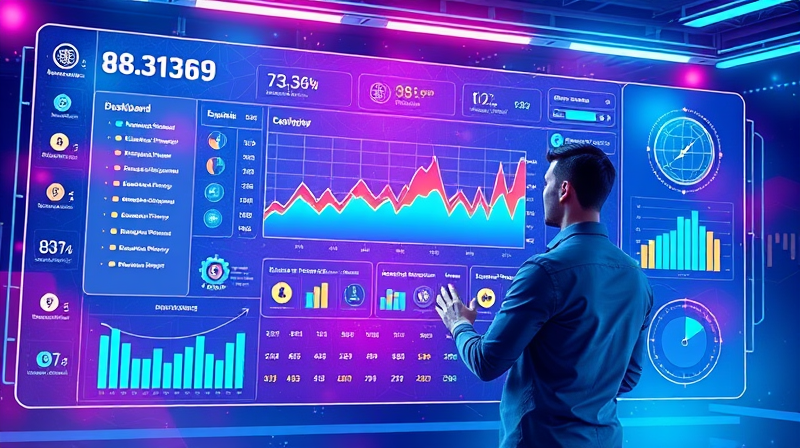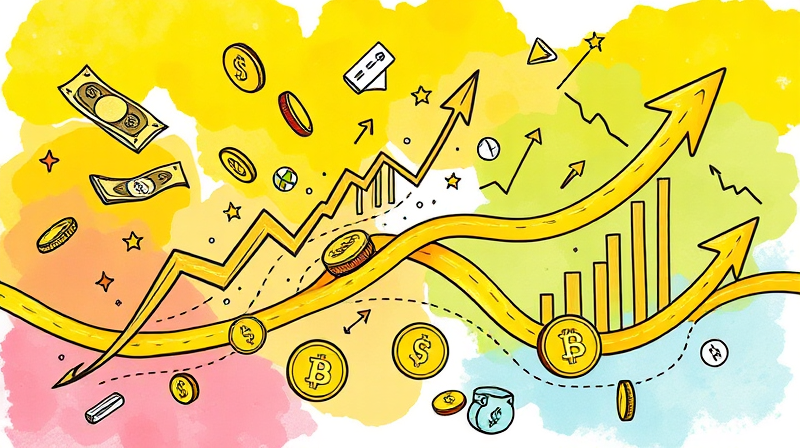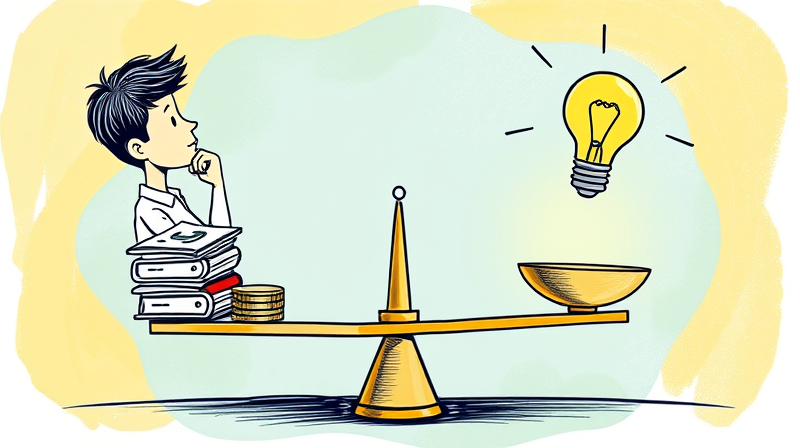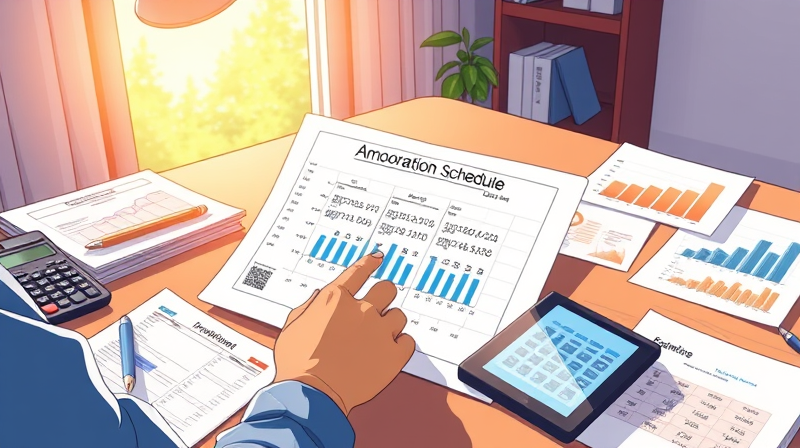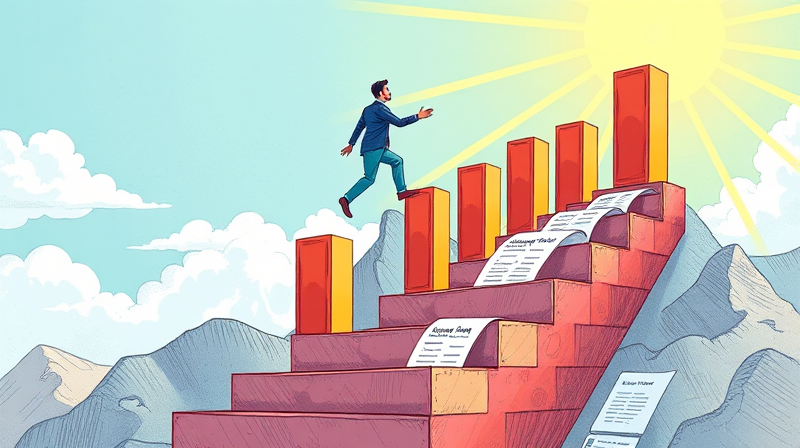
In a world where credit scores open doors to opportunity, strategic financial choices can make all the difference. Personal loans offer a pathway to strengthen your profile when used responsibly, but can also lead to deeper debt if mismanaged.
A personal loan is an installment debt with fixed repayments over two to seven years, typically ranging from $1,000 to $100,000. Each payment is recorded by the major bureaus, creating tangible proof of on-time payments in your credit history.
Unlike revolving credit, a personal loan provides a one-time lump sum. If you have high-interest balances on credit cards, consolidating them into a single loan can reduce your utilization ratio and simplify your monthly obligations.
Payment history drives 35% of your FICO Score. Every punctual installment on your personal loan builds toward a robust track record of reliability that lenders value highly.
Credit mix contributes 10% of your score. Demonstrating the ability to manage both installment and revolving credit can boost your profile. A well-rounded credit portfolio signals financial maturity and discipline.
When deciding between personal loans and credit cards, understanding the distinctions can guide smarter borrowing decisions. The following comparison highlights key features:
Applying for a personal loan triggers a hard inquiry, which can temporarily lower your credit score. Multiple applications in quick succession magnify this effect.
Without careful planning, you might end up with increased total debt. Rolling credit card balances into a loan yet continuing to use cards can deepen your financial burden instead of resolving it.
To leverage personal loans as a credit-building tool, adopt these best practices:
By following these steps, you create a structured plan that fosters long-term credit health rather than short-term relief.
If you prefer avoiding new installment debt, consider these options:
These methods can help you establish a solid payment record without taking on large loans or high interest charges.
Regularly review your credit reports from Experian, TransUnion, and Equifax. Keep your credit utilization under 30% and monitor how each loan payment boosts your score over time.
Celebrate milestones—like paying off a loan or reaching a utilization goal—to reinforce responsible financial behavior and stay motivated on your journey.
Financial advisors caution against using personal loans as a way to delay facing spending issues. Consolidation restructures debt, but it doesn’t erase the root causes of overspending.
Always compare APRs, fees, and repayment terms across lenders. A slightly higher rate may be worth it if it comes with no origination fees or flexible payment options.
When wielded wisely, personal loans can be powerful tools to build credit, reduce costs, and streamline your debt. The key is to maintain discipline and avoid pitfalls that lead to cyclical borrowing.
By adhering to a clear repayment plan, diversifying your credit mix, and tracking progress, you can transform a simple loan into a stepping stone toward financial freedom and stability. Start today by evaluating your needs, researching options, and committing to responsible borrowing—your future self will thank you.
References




